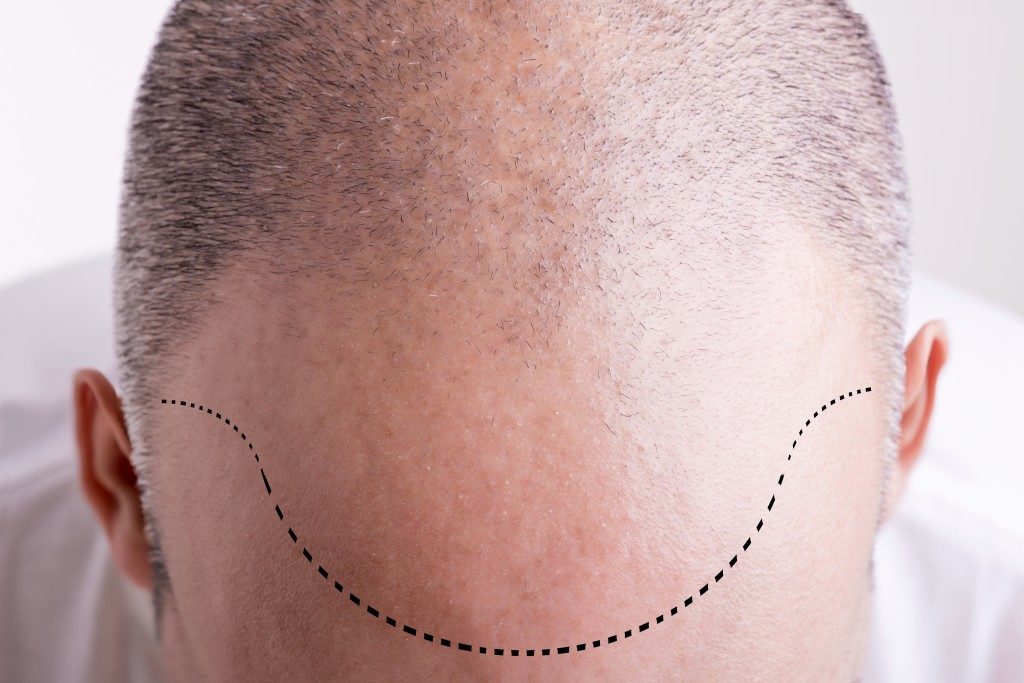Chronic back pain can be debilitating, with symptoms ranging from mild discomfort to severe and disabling pain. It’s estimated that a staggering 72 million Americans suffer from this disorder.While it is possible to manage chronic back pain and live comfortably, it’s essential to understand how this condition can affect your life. So here’s a look at the realities of living with chronic back pain.
Limiting Mobility
One of the most common problems associated with chronic back pain is reduced mobility. This can mean anything from being unable to participate in activities you once enjoyed, such as running or playing sports, to having difficulty walking up stairs or standing for long periods. In some cases, this limited mobility can lead to an overall decrease in physical activity and even depression due to an inability to do things you used to enjoy.
Impact on Mental Health
It is not uncommon for those with chronic back pain to experience mental health issues such as anxiety and depression. This can be due in part to the physical limitations associated with the condition but also to less tangible factors such as chronic worry about potential flare-ups or frustration about being unable to complete tasks that were once easy. Therefore, it is essential for those affected by chronic back pain to seek support from friends and family members and make sure they are taking care of their mental and physical health.
Interference With Professional Life
The effects of chronic back pain may also interfere with your professional life if you are unable or unwilling to perform specific tasks due to discomfort or fear of worsening your condition. This could mean missing workdays or even losing promotions because you cannot perform particular job duties without exacerbating your symptoms. Therefore, employers must be informed about your condition so that reasonable accommodations can be made if needed.

Risk Factors
Everyone is susceptible to chronic back pain, but certain risk factors can lead to it. Here are some of the most common:
Age and Gender
Research has shown that age and gender significantly impact one’s likelihood of experiencing chronic back pain. Generally speaking, women over 40 are more likely to suffer from chronic back pain than men in the same age range. Additionally, people between the ages of 35 and 55 are much more likely to suffer from chronic back pain than those under 35 or over 55. This is mainly due to wear and tear on joints and muscles as we age, which can cause stiffness, soreness, and other forms of discomfort.
Occupation
Your occupation is another major factor in your risk of developing chronic back pain. Occupations that require lifting heavy objects or performing repetitive motions—such as construction workers, factory workers, and laborers—are particularly prone to developing this type of pain. These jobs strain your lower back and spine over time, leading to muscle soreness or even injury if proper precautions aren’t taken.
Weight
Your weight also plays an important role when it comes to your risk of experiencing chronic back pain. Being overweight can strain your spine and lower back, leading to discomfort or injury over time. Similarly, obesity increases one’s chance of developing a herniated disc—a condition wherein one or more discs in the spine become damaged due to excessive pressure—which can cause chronic lower back pain.
Treatment
Chronic back pain can be treated. Here are some of the best ways to treat it.
Expert Massages
One of the best ways to treat the symptoms of chronic back pain is through massages. An expert local chiropractor can use deep tissue massages to relax the muscles in your lower back, improve flexibility, and alleviate pain. Additionally, they can correct any misalignment issues in your spine that might be causing the pain.
Medication
Your doctor may prescribe medication to help manage chronic back pain. This can include over-the-counter nonsteroidal anti-inflammatory drugs (NSAIDs) such as ibuprofen or naproxen to reduce inflammation. In severe cases, your doctor may recommend more potent prescription medications such as corticosteroids or opioids.
Exercise
Exercise is another excellent way to treat chronic back pain. Low-impact activities such as yoga, Pilates, Tai Chi, and walking can help reduce pain by strengthening the muscles that support the lower back. Additionally, stretching exercises can help improve flexibility and align your back.
Surgery
In rare cases, surgery may be required to treat chronic back pain. Surgery is typically a last resort for those who cannot find relief through other treatments, such as medication or exercise. Types of surgeries commonly used to treat chronic back pain include spinal fusion, laminectomy, and disc replacement.
Living with chronic back pain can be difficult, but understanding the realities of this condition is key to managing it and living a comfortable life. With the proper knowledge and treatments, it is possible to manage your symptoms and enjoy life to its fullest.







